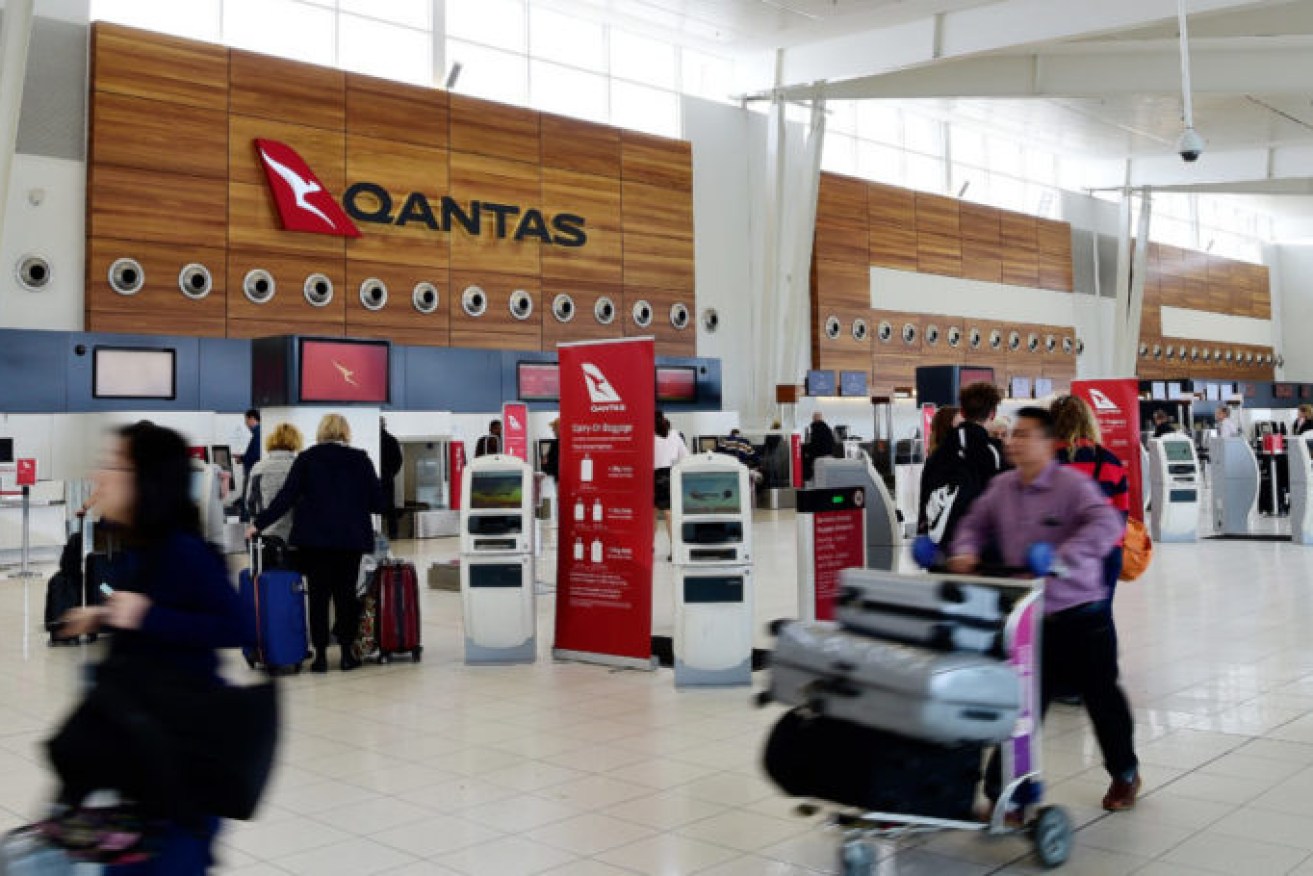SA brain drain looms while overseas migration rises
South Australia’s ‘brain drain’ of locals moving to other states looks set to return despite the best year of interstate migration figures in three decades, while the number of overseas migrants is on the rise for the first time in a year.


The net flow of overseas migrants in South Australia returned to the positive in the June quarter for the first time in a year. Photo: Bianca De Marchi/AAP
SA’s population grew by 3000 people to 1,773,200 in the year to June 30, according to ABS figures released yesterday.
A natural increase of 5540 people – the difference between births and deaths for the year – was the biggest driver of population growth.
The state also attracted 704 residents from interstate during the financial year, the first full year of positive interstate growth since 1990-91 when it eclipsed 1500 people.
However the trend may have ended, with 403 people leaving SA for interstate in the final three months of the financial year – the June quarter – following an all-time record of 718 interstate arrivals in the March quarter.
Known as the ‘brain drain’, for the past decade South Australia has traditionally lost about 4000 people to interstate each year so the turnaround to positive numbers for four consecutive quarters prior to June is statistically significant.
SA’s gain of 98 people from interstate in 2020 was trumpeted by the State Government earlier this year as the first time since 1992 that SA had a full 12 months of positive net interstate migration.
It claimed that Adelaide’s recent mantle of Australia’s most liveable city and former South Australians wanting to return to the safety of the state during the coronavirus pandemic had contributed to the turnaround.
Overseas migration is usually the biggest driver of population growth in South Australia but yesterday’s figures confirm a net outflow of overseas migrants of 3278 in the 12 months to June 30.
This comprised 9032 overseas departures and 5754 arrivals to SA.
In comparison, almost 15,000 migrants moved to South Australia in the 12 months to June 2020, mostly before the closure of international borders.
This lack of migrants has contributed to a labour shortage across the state.
It has also slowed the state’s population growth rate to a trickle.
However, the June quarter this year showed a return to positive numbers for overseas migration with 148 more people moving to South Australia from overseas than leaving, the first positive quarter in a year.
Migration experts say the more than 18,000-person net loss of international migrants in the first full year since the pandemic compared to the previous year has been a major contributor to the skill shortages being experienced across the state.
ABS labour market figures, also released yesterday, showed that the state had an unemployment rate of 4.6 per cent in November, its lowest jobless rate in 12 years.
From this week, visa holders including international students and skilled workers can enter the country, almost two years since Australia’s international borders closed due to the pandemic.
The Federal Government estimates about 235,000 visa holders would be eligible to enter the country, including an estimated 133,000 international students.
Australia’s overall population grew by 46,000 for the year, or about 0.2 per cent, to reach 25,739,300 at June 30. The national annual natural increase was 134,800 and net overseas migration was -88,800.
More than 30,000 people moved to Queensland from southern states during the year, allowing it to lead all states with a 0.9 per cent population growth to 5,221,200 million while Victoria’s population went backwards by 45,900 for the financial year to 6,649,200.
New South Wales grew by 22,000 people to remain Australia’s most populous state with 8,189,300 people while WA increased its population by 0.7 per cent to 2,681,600 people on the back of a baby boom and strong interstate migration figures




